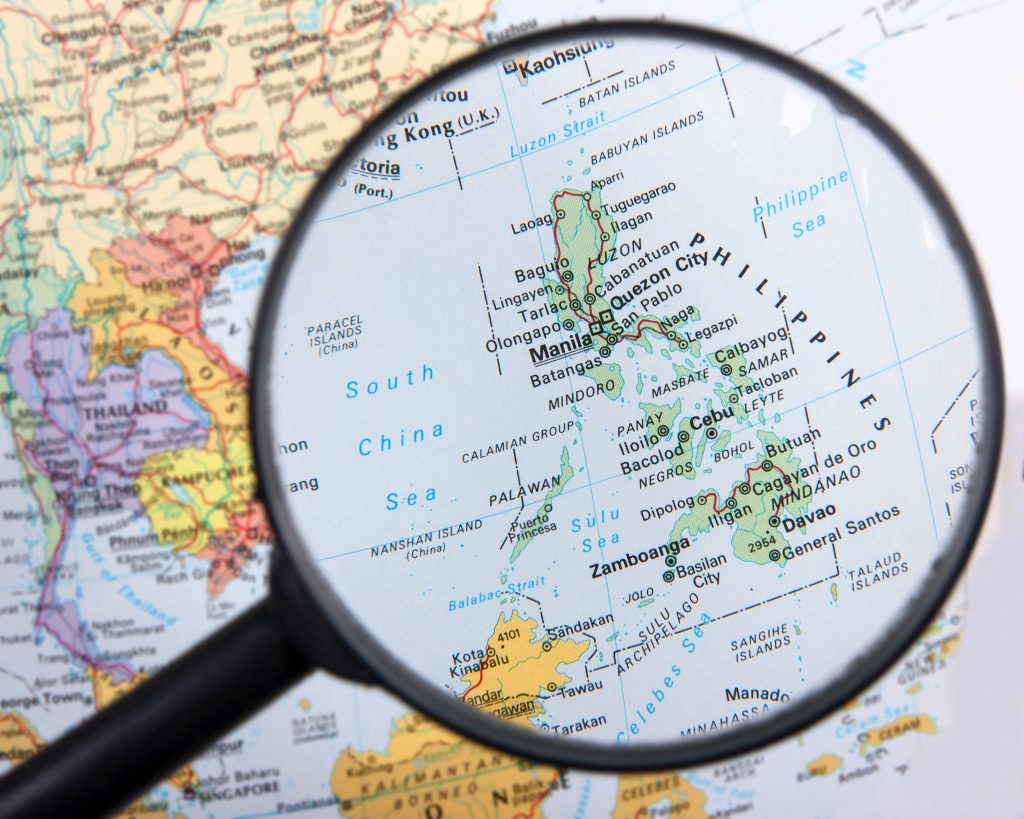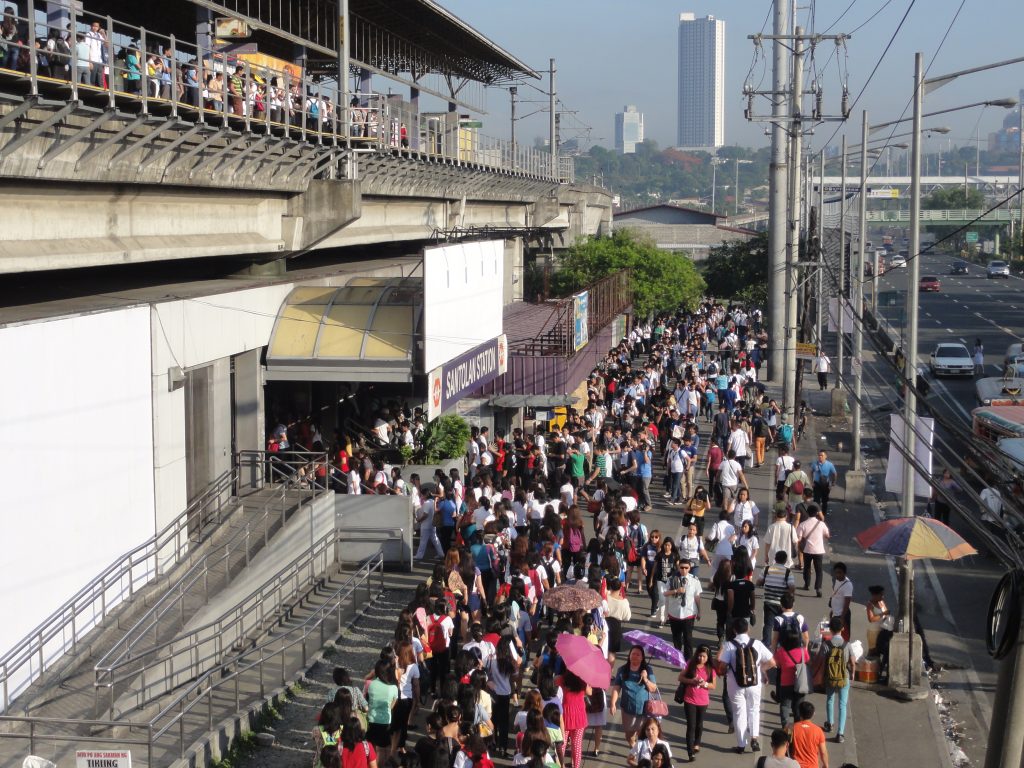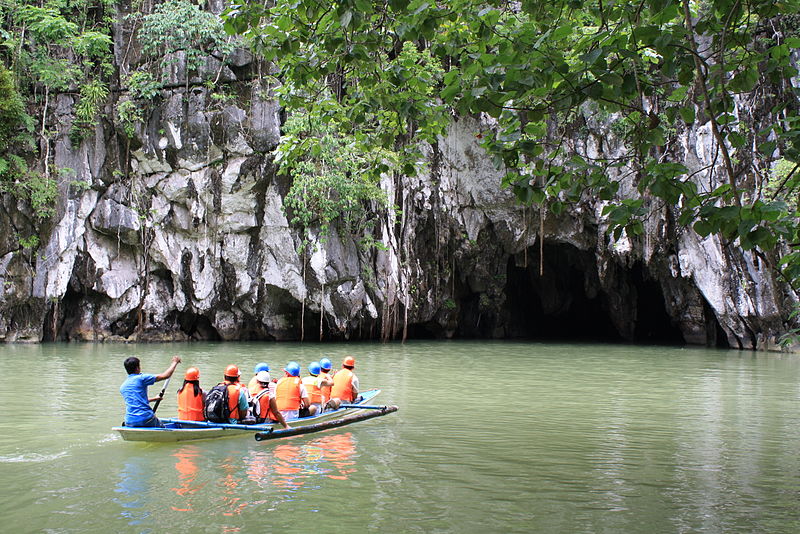In order to survive in the Philippines, understanding the Philippines itself is critical so that you know what you’re dealing with. So let’s start off looking at this amazing island nation from a distance before we zoom in and start looking at some of the intricacies.
Understanding The Philippines
The Philippines is an archipelago of some 7,641 islands, on the outer ring of the Western Pacific Ocean. It is one of the largest island groups in the world and is divided into four main areas – Luzon in the North, the Visayas in the Central Region, Palawan to the West, and Mindanao in the South. Even though the Philippines is made up of over 7,600 islands, less than 4,000 islands are permanently inhabited.
Situated on an active fault line known as the Philippines fault, the Philippines is part of the more commonly recognised Pacific Ring of Fire. As a result of this, there is constant seismic and volcanic activity. Approximately 65% of the country is classified as mountainous with the remainder of the country consisting of narrow coastal plains and interior valleys.

The Philippines is made up of 7,641 islands and sits on an active fault line that is part of the more commonly recognised Pacific Ring of Fire.
Filipino People and Weather
Being a tropical country, the average year-round temperature is 27 degrees celsius. There are only two seasons – the dry season and the wet season. The dry season is typically between December and April and the wet season is typically between May and November. With the Philippines being located in the Western Pacific, it is prone to typhoon activity during the wet season. The country has an average of about 20 typhoons hitting the place.
The Philippines has a massive population. At the time of writing (2018) it is estimated to be just over 105 million people. Due to the geography, around 40% of the population live in urban areas. The Philippines national capital, Manila, has a population of over 21 million (this is the greater urban area). This means that approximately 20% of the entire population lives in Metro Manila’s greater urban area. The actual city of Manila (not to be confused with Metro Manila) is the most densely populated city in the world.

An average day with people filing towards the MRT station (top left) for their daily commute. Approximately 20% of the entire Philippines population live in the Metro Manila area.
All of this aside, once you get out of the sprawling metropolis of Manila, this is where the real beauty of the Philippines will capture your heart. In my humble view, at least from a nature and tourism perspective, the Philippines is the complete country. I could write volumes upon volumes of stuff about the natural wonders this country has to offer. As a matter of fact, that is why I created the website you are reading. You can read about some of the amazing destinations this country has to offer by clicking here.
UNESCO World Heritage Sites
The beauty and wonder of the Philippines are so pronounced that the country actually has six UNESCO world heritage sites across the country. These sites and locations are a mixture of cultural and natural sites and include:
- Puerto Princesa Subterranean River (most commonly known as the Puerto Princesa Underground River) located on Palawan Island
- Rice Terraces of the Philippine Cordilleras located in Northern Luzon
- Tubbataha Reefs Natural Park located in the Sulu Sea (between Negros and Palawan)
- Baroque Churches of the Philippines (4 different locations with 3 in Luzon and one in the Visayas)
- Historic Town of Vigan located in Ilocos Sur (Northern Luzon)
- Mount Hamiguitan Range Wildlife Sanctuary located in Davao Oriental (Mindanao).

The Puerto Princesa Subterranean River (most commonly known as the Puerto Princesa Underground River) is located on Palawan Island. It is also one of the six UNESCO World Heritage sites.
Understanding the Philippines has international recognition for its cultural and natural beauty is important. We can see from the above that the Philippines is blessed with some amazing places. Now that you are equipped with an understanding of the Philippines itself, you are more prepared for survival in this truly unique place. Please read Survival Tip #2 on Understanding Philippines History for the next tip on how to survive in this amazing country. If you have any comments or experiences you would like to share about the Philippines, please feel free to leave your comments below. I would love to hear from you.
Philippines Fun Fact:
The Philippines has the highest rate of discovery of new animal species with 16 new species of mammals discovered just in the last 10 years (courtesy of https://www.factretriever.com/philippines-facts)


